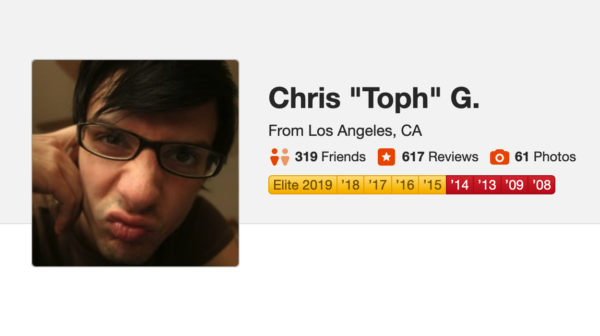Code Poem / Collage Poetry
Gestalt is a code poem created by using a collage of the codes that constitute and run the visual programming language Max/MSP/Jitter from Cycling ’74.
You can download the Max/MSP/Jitter patch from my website here: gestalt.zip (12.6 MB)
Technical Aspects
In order to play it, either you have Max or you may download a free trial of Max/MSP/Jitter on the Cycling ’74 downloads page, here. If you’re not interested in creating your own projects with Max/MSP/Jitter, you may also download Max Runtime which is freeware that doesn’t include editing capabilities. Max Runtime is on the right hand side of the downloads page, under “Extras.”
Introduction
When I first was introduced to Max during a demonstration for a DANM orientation at UC Santa Cruz in early 2008, I was enraptured by the architectural structure of white boxes and cables. I relish the memory because I don’t remember anything else about the program nor what it was supposed to do.
At the forefront of what I still find interesting about Max/MSP is still this visual aspect of code. The code is set in a myriad of uniform and white rectangles interwoven to form an architectural substructure of boxes connected to cables or black lines. They go to a hierarchical box that represents the focal point of Max/MSP. About 200 predefined object codes not only mimic the visual and aesthetic interface of Max, but function as a poem and run the program that streams ‘poetry’. Elements embedded into the program like the sound filter and the background color visually demonstrate how the evolving imagery can be interwoven into poetry.
Code As Code
The fragments of code function with the power to output and edit another a program that streams poetry through a structure of cables that connect to make noise. In other words, what I did was collage the objects with other objects and connect some objects within the poem to external outputs. The code is edited to run in slow motion with a filter to further obstruct the voice into an inaudible one. This is so that the sound aids in the inflection of the visual poem and not distract it. I wove together predefined object codes in an attempt to create a seamless collage to mimic a visual and an aesthetic interface like Max that will function as a poem and also run a program.
The playback with media unfolds provocative allusions to programming from a slow disjointed poem. It reflects the absurd digital kitsch of which the object the code is creating. All of the words that constitute the poem are from about 200 predefined object codes. The elements of this project like the sound filter and the background color are unnecessary but demonstrate code as poetry.
I believe that Max/MSP could be provocative within the context of what the viewer is not supposed to see, hear nor interact with. The visual perspective of Max/MSP is troublesome because as a visual tool, the systematic and architectural structures of the boxes are more visually appealing to me than function of boxes as output.
Max/MSP as Visual Interface
The ease of using Max/MSP is through its visuals. Max/MSP’s visual layout offers similarities to futurist poetry over a century ago in terms of direction and output. Futurist poets explored the ways of reading poetry similar to a current of electricity flowing in several directions. A futurist poem intermingles and connect to several boxes in different directions function similarly to a these cables.
As the poem entitled Gestalt reads from left to right and downward with each line break, the cables that connect this poem simultaneously traverse from the poem to its output. Gestalt is an object code and also means a collection of entities that creates a unified concept, which is greater than the sum of its parts. How poetry and code can fundamentally be explored through its semantic structure is with language as symbols for commands that have the power to create a representation of programming as poetry.
Max/MSP as Visual Art
I believe Max/MSP excels with music and music with the aid of external electronics but I am left unconvinced that the program is suitable for dialectically accomplishing more than the equivalent of a computer screensaver. Peter Elsea advised me to implement in my poetry in a colorful 3D display of traveling text in standing gravity with point perspective.
I thought about the dancing sentence and how it could be written with so many codes is really limiting to the exploration of text itself. While the dancing sentence follows a serious digital kitsch movement in interactive poetics, which pokes fun at mainstream Internet culture and its overuse of bright neon colors and revolving texts, this kind of enticement is not my cup of tea. What I tried to accomplish with Max was to show aesthetics of code and partly with the program’s interface that isn’t used or shown in art.
The code structurally represents how the poem can be recreated. Similarly, the evolving imagery is a visual representation of poetry in its composition and movement. Each box represents a single still image as part of a series like film stills to a moving image. The random fading in and out of imagery is to show a visual connection between the compositions of the imagery.
The inspiration for the visual and audio portion of this project, which I created on Soundtrack Pro is filmmaker Hollis Frampton. Hollis Frampton inspires me because his video cutups, specifically from his film Palindrome, represent a fragmentation of frame stills to achieve a dialectic result, like poetry, between each still. What he did in Palindrome was weave the ends of several filmstrips to create an abstract film of different shapes. Both of our cut-ups represent a disembodiment of its original form.




